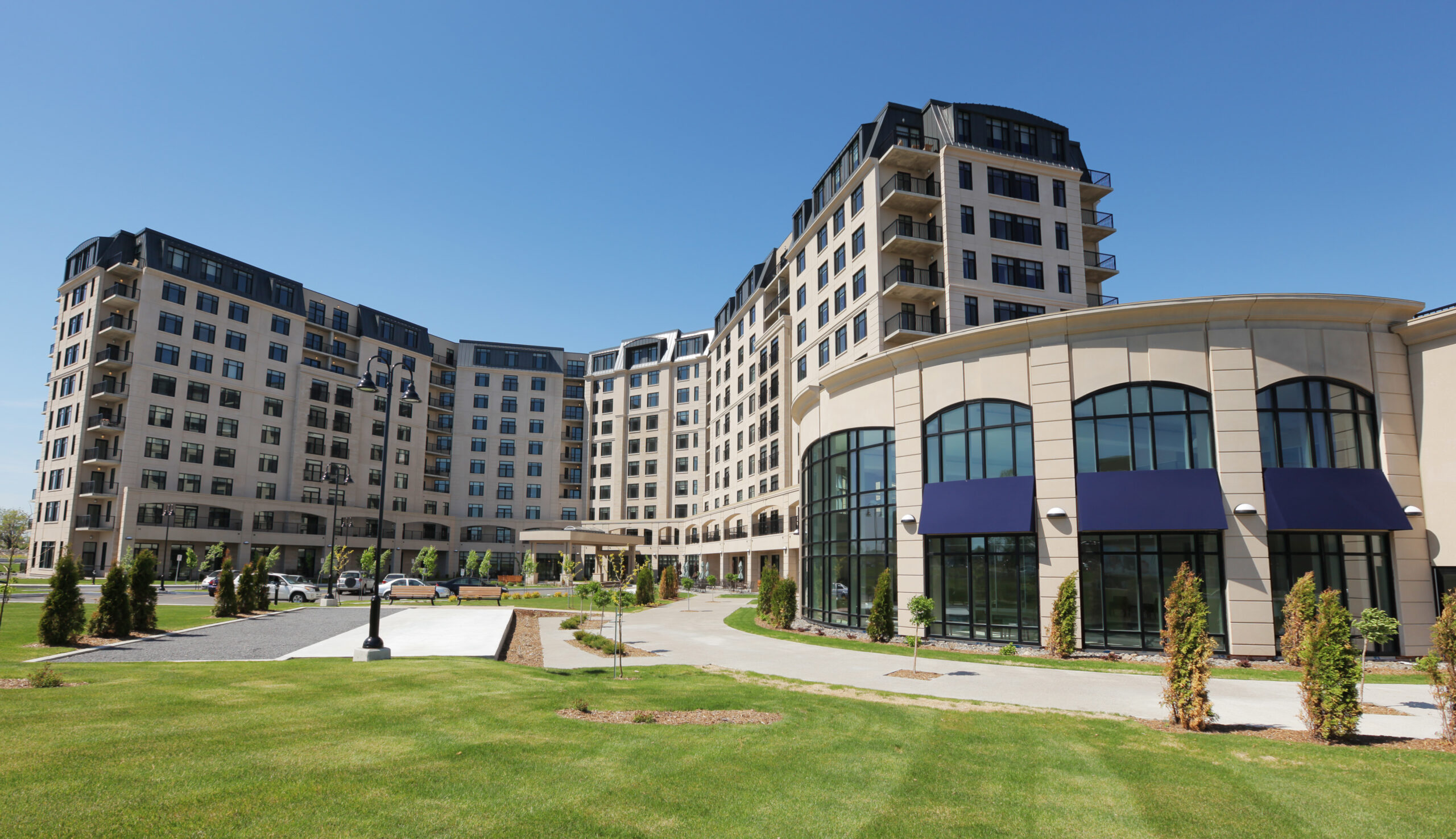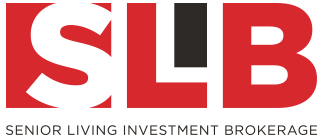
The seniors housing merger and acquisition market finished 2014 in robust fashion, driven in part by investors searching to find attractive yields on their investment portfolios and the ability of institutional fund managers to blend these lower yield expectations of investors with non-recourse debt in this continued low interest rate environment. In the institutional world, ARC, Emeritus, Griffin-American, and AVIV all sold. The value of these transactions was over $10 billion on a combined basis. Additionally, many private owner / operators are feeling the burden of an increasingly intense regulatory environment and a more complex operating environment where economies of scale are proving to be increasingly more important.
When 2014 began the 10-year treasury was at 3.0%. While many anticipated a spike in the 10-year throughout 2014, the 10-year actually declined over the course of the year and appears to be heading towards 2.2% to end the year. This trend has allowed both the debt and investment capital rates to remain historically low, driving prices for assets throughout the entire scope of long-term care and seniors housing.
This has been an incredible time for owners to realize strong pricing on their assets or lock in attractive rates on existing debt.
Skilled Nursing Summary
Overall, we anticipate the continuation of aggressive pricing for skilled nursing assets given the lack of acquisition opportunities available. However, a number of factors have the potential to curb pricing in the near future. The primary risks are reimbursement pressure and increased labor costs.
Positive Factors
- Pricing for existing facilities to remain aggressive given the lack of product available in the market. The most aggressive pricing will be found in States that have a moratorium on CON’s. Some States, like Florida, have allowed for additional CON’s, which could have significant pricing implications on a market by market basis.
- Cost of debt remains historically low. Also, availability of debt for acquisitions is readily accessible, especially for well-located assets.
- More equity and capital looking to be deployed in the sector.
- Limited new construction. Click here to view NIC’s most recent report on new construction for skilled nursing.
Negative Factors
- Increase in labor costs due to the Affordable Care Act for operators that do not have compliant plans or high participation rates. The delay in the employer mandate has provided a temporary reprieve, but will affect operations in 2015. Click here to learn more.
- Further pressure on Medicaid could come in the form of the reduction of federal subsidies over the long term after the Affordable Care Act expansion in many states.
- Increased regulatory burdens by state survey teams.
Assisted Living & Independent Living Summary
Overall we anticipate the continuation of aggressive pricing for assisted, as well as, independent living assets given the lack of quality assets available. Communities that were once dominant in the market likely have discovered or will face new competition on the horizon. On the other hand, the availability of capital has driven capitalization rates to record low levels.
Positive Factors
- Pricing for existing communities to remain aggressive given the lack of assets available in the market.
- Cost of debt remains historically low. Also, availability of debt for acquisitions is readily accessible.
- More equity and capital ready to deploy in the sector driving capitalization rates to historic lows.
- Continued investment return compression in other sectors within commercial real estate has driven additional asset allocation from institutional funds to the seniors housing industry.
- Strategic alignment of operators and institutional capital has created a much more efficient acquisition process for many buyers.
Negative Factors
- Likely increasing labor costs due to the Affordable Care Act. The delay in the employer mandate has provided a temporary reprieve. This will change in 2015.
- Increased activity in the construction pipeline could affect the performance and pricing for once dominant communities in specific markets. This is more of a concern in the major metro markets, not in the secondary markets. Click here to read NIC’s most recent report on new construction. Overall, occupancy has remained strong. Locally, some submarkets have appeared to reach a saturation point.
- Increased regulatory burdens by state survey teams – assisted living only.
What does this environment mean for an owner?
2015 is a great year to make an action plan and execute based on the specific goals and objectives.
If a short term hold is the objective: Sell
If a long term holder is the objective: Lock key interest rates for as long as possible.
If you are executing a re-position: Build margin and room for an increasing interest rate environment. Interest rates cannot remain at this level indefinitely.
With these factors in mind, there may never be a better time to explore the strategy of a sale.
For a no cost, no obligation pricing proposal on your community contact:
Bradley Clousing, Managing Director
Senior Living Investment Brokerage
Phone: (630) 858-2501 ext. 231
Email: clousing@slibinc.com


